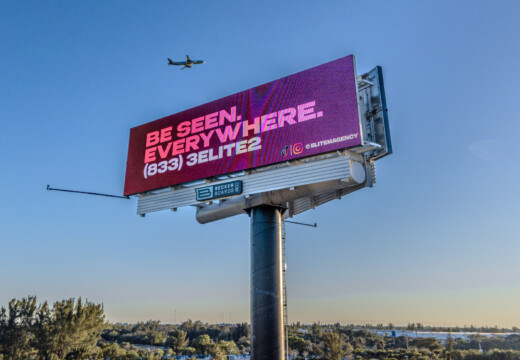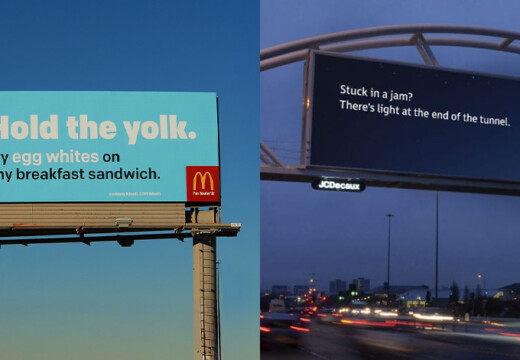
Why Billboards Are So Expensive (and One Way They’re Affordable)
If you’ve spent any amount of time cruising America’s highways and byways, you’ve seen countless billboards.
Everyone eventually asks the same question: “How much does billboard advertising cost?”
Then they eventually follow up with, “Must be expensive.”
Advertising on billboards can be expensive, especially if you stick to traditional (or physical) billboards – you know, the ones with pretty printed pictures that don’t move.
But if you think using this powerful, attention-grabbing medium is out of your budget, think again.
Here, we’re going to dive into:
- How much it costs to advertise on billboards today, and
- How going digital (with Blip) can cut that cost by a tremendous amount.
On with the show.
This Is What Physical Billboards Cost and Why
We’ll start with the most common type: physical, non-digital billboards.
There are several key factors that play a role in the cost of physical billboards. Most of these overlap with the cost of digital billboards. These are best summed up by what’s called the billboard’s out-of-home (OOH) rating, a.k.a. a quick and easy way to estimate the total reach for a billboard in a specific location.
The three components that make up the OOH rating are:
- Circulation: The number of people who drive by the billboard (i.e. total traffic)
- Demographics: Viewers broken down by age, gender, and income
- Impressions: How many times people will see your ad over a given period
It’s easy to see how these can drive up the price of a billboard. Higher scores demand more money, because they deliver more impressions, or can target more affluent customers even if there aren’t that many of them (ideal for a luxury brand as opposed to a mass market one).
So, given all of that, much do billboards actually cost?
Prices vary, but for print (non-digital) billboards, on average, you’ll pay $850 for a month-long campaign.
For smaller, rural areas, that cost can actually be a bit lower. But on the larger end, for big markets and larger metro areas, you could pay over $15,000(!) for a campaign.
That’s…a lot of money.
We’ll talk about how digital billboards are more affordable in a sec, but it’s important to point out why traditional print billboards cost more.
A billboard is basically a piece of real estate. It’s a standing structure that represents not only commercial potential (e.g. the ability to make money), but also capital expenditure. They cost money to build and maintain. Campaigns are also more expensive in that printing material costs money – sometimes a lot of it – especially if you switch out campaigns once a month times as many locations as you’re running the campaign on.
But as we mentioned, digital billboards can be more affordable. It’s easier to launch and change out campaigns because they’re, well, digital – not a huge rectangle of paper that’s pieced together from a commercial printer.
You also are paying for a portion of the time displayed, instead of having just one ad on the billboard 24/7. That results in a lower cost per customer, since multiple customers are essentially sharing the billboard space.
There’s another reason why digital billboard advertising can be more affordable, and it’s unique to Blip.
Why Blip Billboards Advertising Is So Affordable – and How to Take Advantage
“But digital billboards are basically giant TV screens that need electricity – aren’t they more expensive than a traditional billboard?”
Good question, and the answer is yes…usually.
Blip is affordable because just like AirBnB doesn’t own the rooms you stay in when you book through them, we don’t own the digital billboards.
When you execute a campaign with us, we rent space on a network of digital billboards all across the country. You pay for the duration or number of blips you want, and pick your locations, and we find space.
Billboard advertising through Blip also means you pay per display; you’re only charged when your ad is actually shown.
(You can estimate the total number of displays, or blips, that you can get for your budget with our Blip Cost Estimator.)
So by sharing space, and paying only when your ad is shown, you can take advantage of billboard advertising at a much lower rate than you can typically find elsewhere.
(You can estimate the total number of displays, or blips, that you can get for your budget with our Blip Cost Estimator. For more information on the low cost of Blip billboard advertising, you can also check out this video.)
Want to jump right in and start (metaphorically) catching eyeballs as soon as today? Just click here to begin.
Then take all that money you’ll be saving and treat yourself to something nice. You deserve it.


